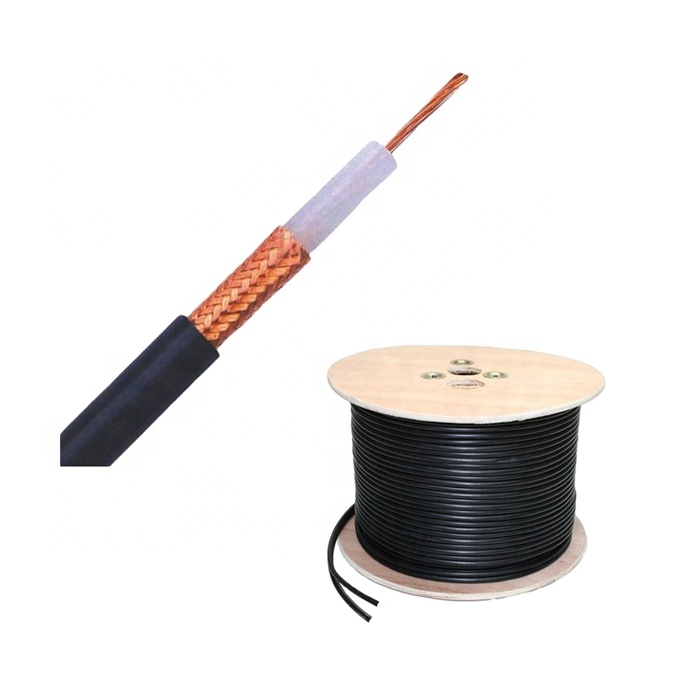The accuracy of human reading emotions from facial expressions is about 72%, but the recognition accuracy of computer vision systems is as high as 82%, and this is only the beginning. Future wearable devices not only track our health, but we can also focus on our emotional state and analyze what is happening in our lives.

Currently, we have explored some biofeedback techniques to help people decompress or more accurately track health and help people have a happy future. Now we can consider a new way of emotional sensing, break it down into multiple parts, and realize different forms of presentation through specific analysis and algorithms and App.
How to track emotions
Of course, there are already temporary smart tattoo techniques that can read our facial expressions, but we are now more interested in more practical techniques, such as some mainstream emotional sensor devices, and there is indeed such a demand. A few months ago, CCS Insight conducted a survey of 2,000 UK and US users and counted people interested in which automated tracking technology. In addition to sleep tracking ranked first in 45%, followed by 24 hours tracking of stress levels.
“Some people recommend using skin current response (GSR) technology to determine human stress levels,†said CCS Insight analyst George Jijiashvili. “For wearables, Jawbone and Basis have previously used GSR technology to detect user sweat and heart rate levels, but I believe the potential for this part has not been fully developed. I believe that starting next year, including Fitbit and other wearables Equipment mainstream manufacturers will add more sensors to their products to get more features."
Now, we all see the rise of smartphone apps like Headspace, which has accumulated 4 million active users in the past six months, and apps like Moodnotes and Thriveport have also added support for Apple Watch.
Another example is Pebble, which asks the user to manually enter their emotional level and analyze it, but now Pebble is about to be acquired by Fitbit, so no one can be sure what fate will be in the future. Fitbit said it is interested in Pebble's software, so in the future we will see more features that were previously seen on Pebble smart watches being used on Fitbit products.
Products have appeared
The most controversial part of emotional perception is the accuracy of biosensors, the content of manual input, and how to change our lifestyle by guiding breathing. Any company that wants to make a breakthrough in this field has to have a "cheat" that blocks the door. Several startups, including Vinaya and Zenta, and companies like Feel Wirstband are beginning to experiment with basic science.
For example, Zenta, the company's smart bracelet is different from the conventional wristband function motion monitoring, but pays more attention to the user's emotions. In addition to tracking steps, sleep, and activities, it can also track our heart rate changes and abnormalities. Test.
It works through the App to observe which activities in daily life are unpleasant, including how often users send and receive emails, how long they use WeChat, when they meet, who is the longest person with you, etc. Wait. Once you have detected negative emotions and emotions, you will make some good suggestions, such as relaxing and taking a break to work better, giving the other party a call and sharing your mood.
In addition, the Zenta bracelet will automatically generate multi-configured operational profiles over time, slowly getting more data.
Vinaya's algorithm essentially uses emotions such as anger, sadness, and happiness by combining human physiological signals. If you are angry now, then some HRV signals will respond to the skin at a regular price, and this is the measure of skin electrical response. There are many other examples.
"Many technologies today can surprise us, but there is no negative emotion that keeps us away from ourselves. We should realize that this is an unbalanced relationship," Unsworth said. “We have established a laboratory in London with a professional team to conduct research on emotions such as stress, anxiety, happiness, and sense of accomplishment.â€
Devices with emotional awareness will come out next year. If you want to prove the relationship between devices and our emotions, then we must better understand our feelings. As with Moodnotes and Pebble, the correction of some elements can help the system to better learn health and sleep tracking.
How to solve
So if we have negative emotions of anger or sadness, how to adjust? That's right, through our emotional imagination and practical action. In the first experiment, we saw that some data was presented in a geometric way.
Leafbeat's latest pressure-tracking accessories, Leaf, wears all day, tracking activities, sleep and stress, combined with the upcoming smartphone app, which tracks the menstrual cycle to provide complete health information while tracking user activity levels, sleep quality, Stress levels and ovulation indicators. And this more targeted product definitely plays a good role at some point.
If you want a more modern form to understand your heart rate, check out Intel's collaboration with fashion designer Hussein Chalayan. Together they created a model-specific wearable device, a set of high-tech devices like sci-fi movies, consisting of a pair of pressure-measuring glasses and a belt that projects the data onto the wall.
The smart glasses are combined with Intel's Curie system, which houses a button-sized EEG scanner that monitors biological data, such as brainwave activity, via built-in EEG electrodes to determine the stress level of the tester. The heart rate sensor also has a heart rate sensor and a microphone that records the respiratory rate. Through Curie's built-in Bluetooth LE, the data is sent to a belt like a smartphone, which is processed and projected onto the wall. Thereby, the pressure change of the user can be clearly reflected.
In fact, this is not only a commercial design, but also a display of emotional stress management by Intel. We will see it being actually exhibited in April next year.
Another important part is about breathing exercises. This is an old method, but now Apple and Fitbit are convinced that it is useful, and through the device to help users meditation and breathing to decompression. Among them, Fitbit also integrated the changes in heart rate, and currently Fitbit is quite active for users of mobile phones.
“In today's world, people not only pay attention to good health, active exercise and exercise, but also all areas including mental health,†said Bentoit Raimbault, marketing manager at Fitbit. “And relaxation is our most basic way of managing our emotions. Based on the regulation of breathing, based on PurePulse heart rate technology, we can reduce stress every day by letting ourselves have more calm moments.â€
There are many great changes in wearable device technology, and mental health can be another area of ​​concern after health. People have begun to be dissatisfied with the basic tracking indicators, but more need to prevent the occurrence of diseases in the first time, and it is very important to pay attention to mental health.
RF coaxial cable, Flexible and semi-rigid cables, 
TIMES microwave systmes, corrugated cables etc.
Xi'an KNT Scien-tech Co., Ltd , https://www.honorconnector.com
